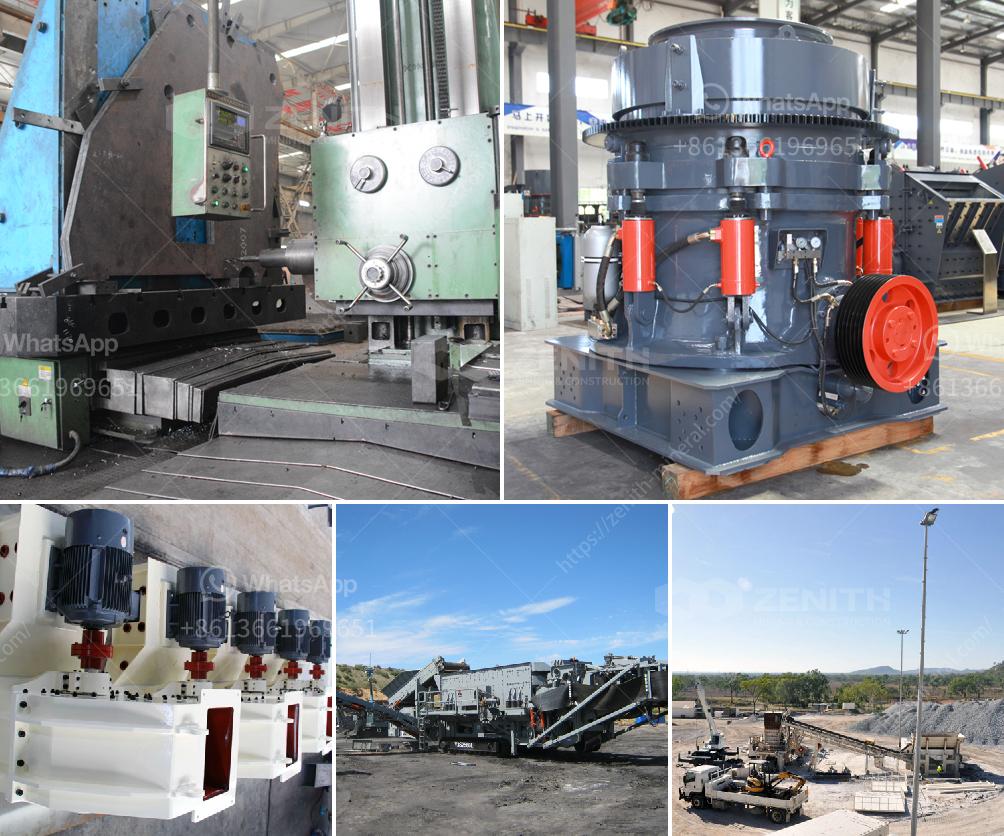Choosing a motor for a ball mill involves several key considerations:
-
Power Requirements:
- Calculate Power Needs: Determine the torque and speed required for your application. This will largely depend on the ball mill's dimensions, density of the material to be ground, and the grinding process specifics.
- Horsepower: Ensure the motor has sufficient horsepower to drive the ball mill under its load conditions. Consider starting torque and running load.
-
Motor Type:
- AC vs. DC Motors: AC motors are generally preferred for ball mill applications due to their reliability and efficiency.
- Synchronous vs. Asynchronous Motors: Synchronous motors offer high efficiency and power factor but are more complex, whereas asynchronous (induction) motors are simpler and often utilized in ball mills.
-
Speed Control:
- Variable Frequency Drives (VFDs): VFDs can be employed to control the speed of the motor, allowing for process optimization and efficiency. They are especially beneficial for starting large ball mills, where reducing the startup shock is crucial.
-
Starting Method:
- Direct On-Line (DOL), Star-Delta, or Soft Starters: These methods help manage the inrush current and mechanical stresses on the ball mill during startup. Choose based on the motor size and application requirements.
-
Duty Cycle:
- Continuous Operation: Ensure the motor can handle continuous operation without overheating. The duty cycle impacts the motor's life and maintenance needs.
-
Environmental Conditions:
- Ambient Temperature, Humidity, Dust Levels: Motors should be selected based on the environmental conditions of the installation site. For example, an enclosed motor might be necessary in dusty environments.
-
Efficiency and Reliability:
- Energy Efficiency: Choose high-efficiency motors (e.g., IE3 or IE4) to reduce energy consumption and operational costs.
- Brand and Serviceability: Select motors from reputable manufacturers known for reliability and ease of maintenance.
-
Cost Considerations:
- Initial vs. Total Cost of Ownership: Balance initial purchase cost with long-term operational and maintenance costs. Sometimes higher upfront costs on a more efficient motor can be economically beneficial over time.
By carefully considering these factors, you can choose a motor that meets the specific demands of your ball mill application, ensuring optimal performance and longevity.

